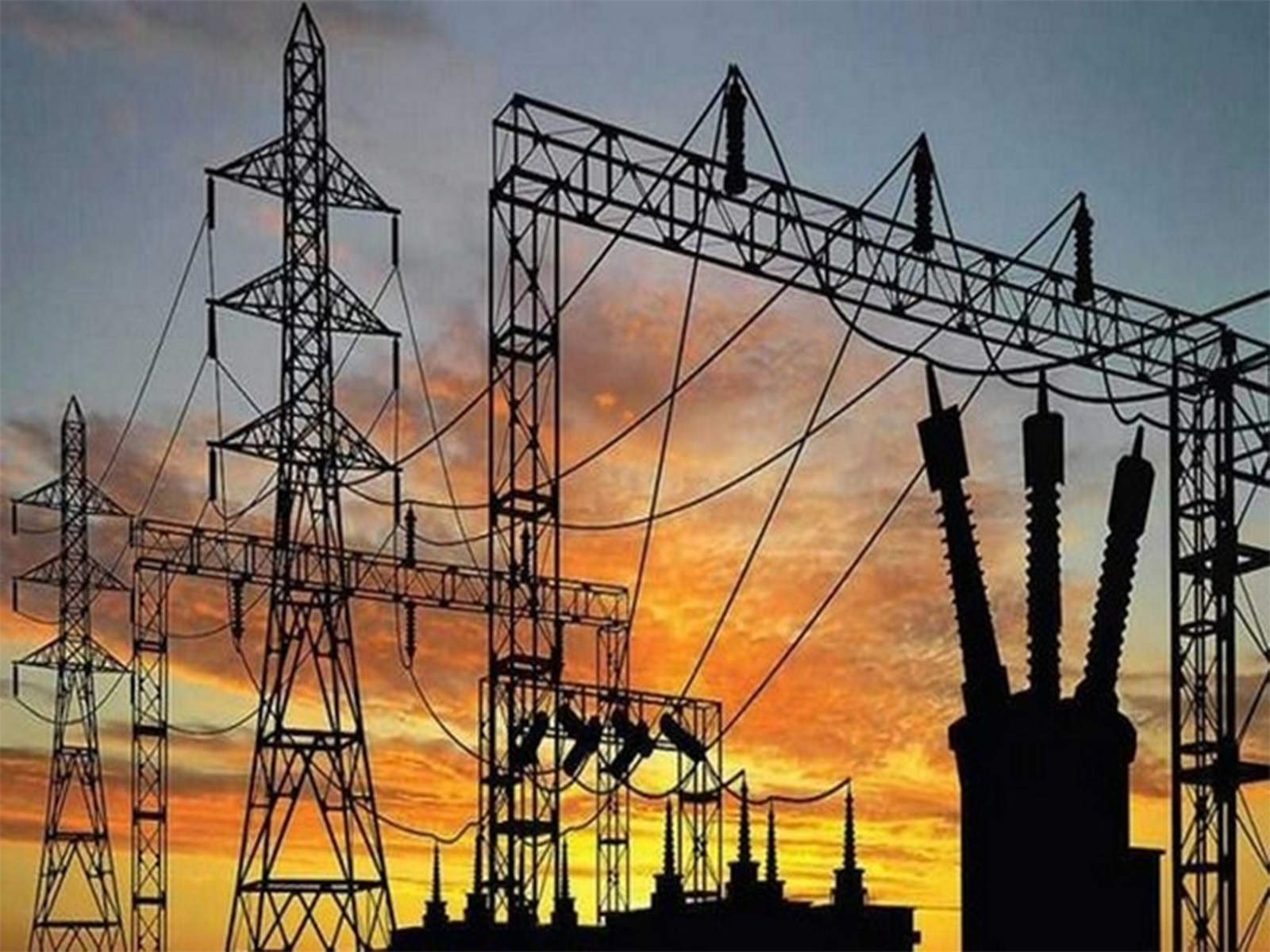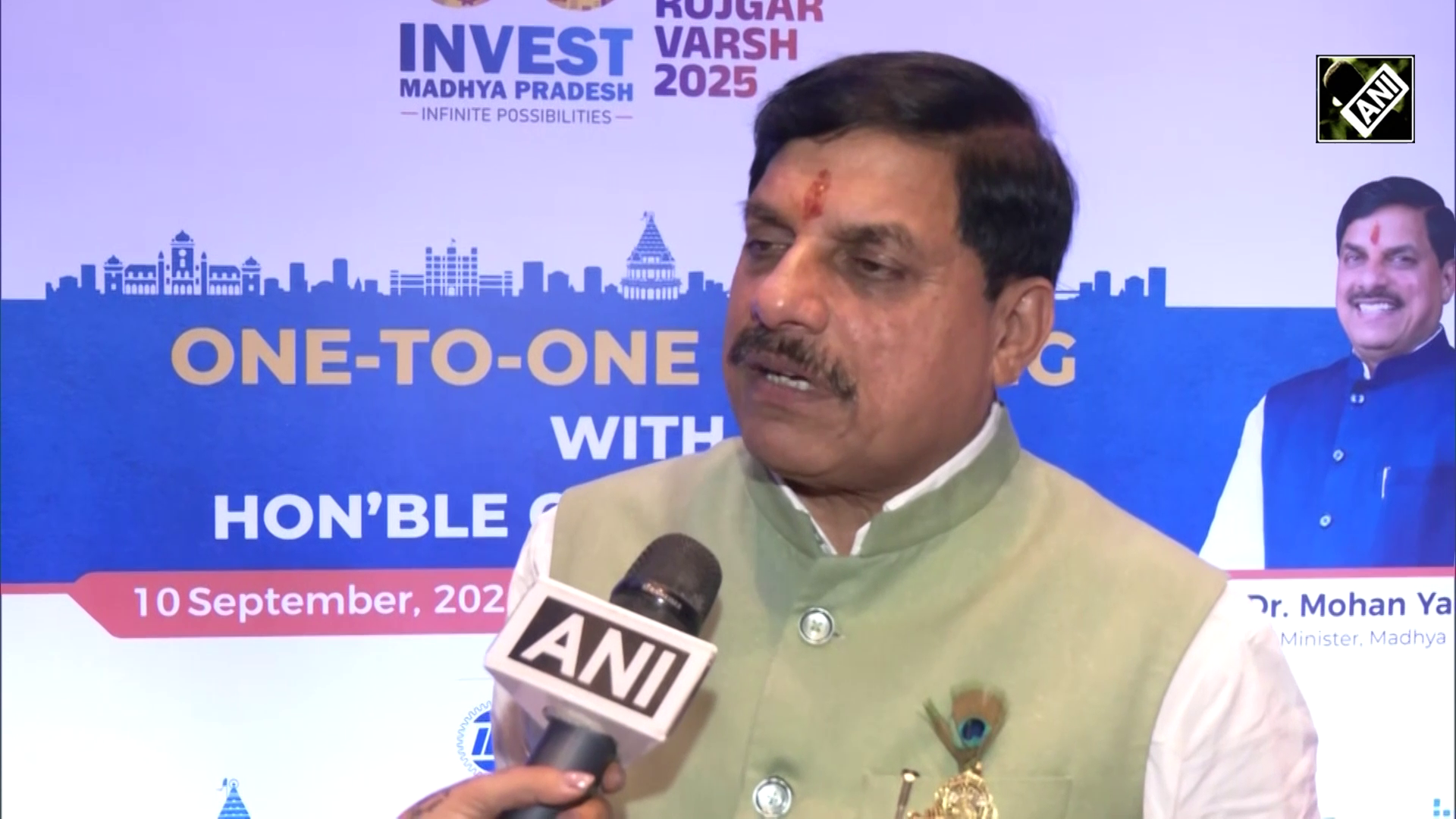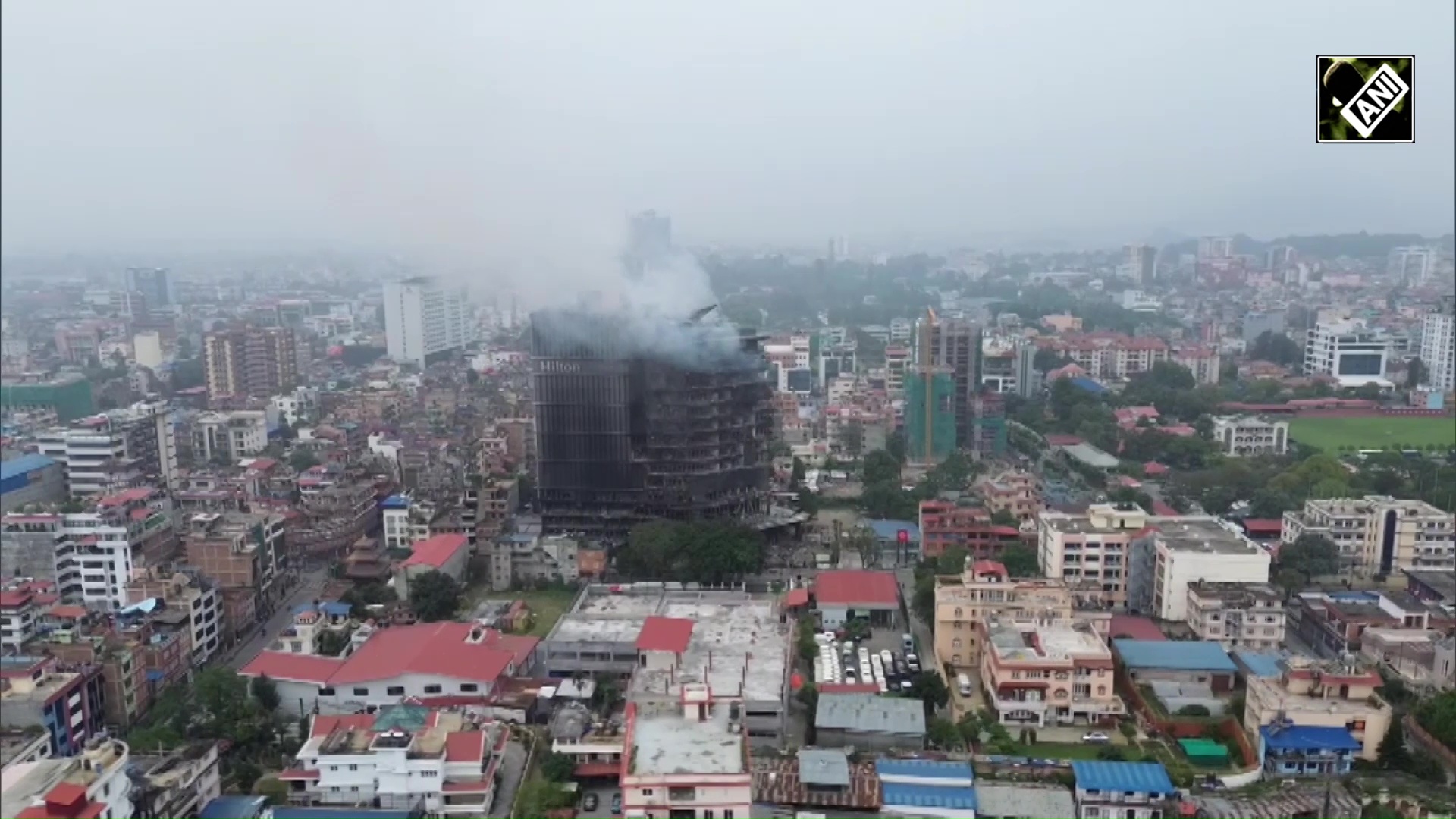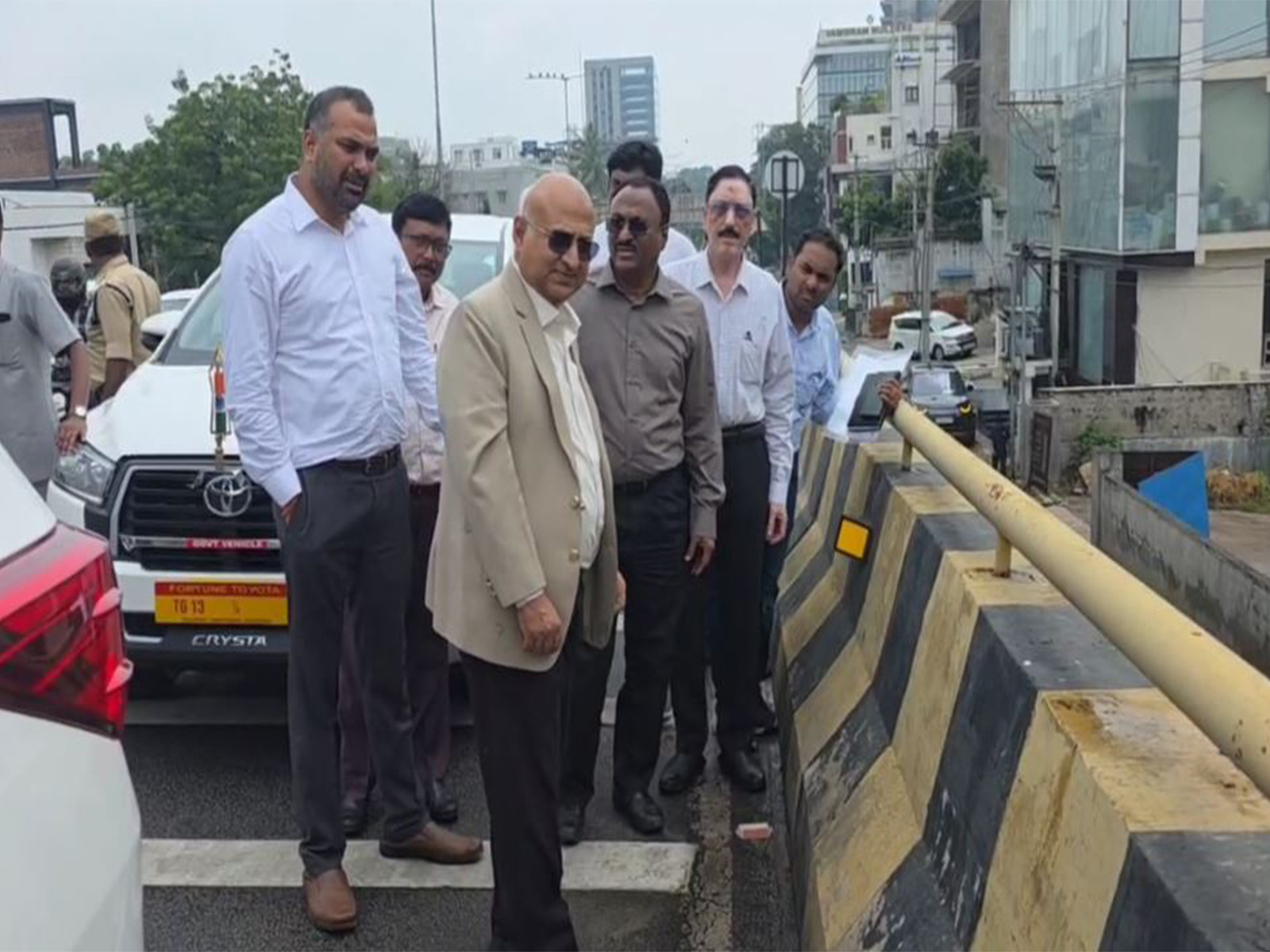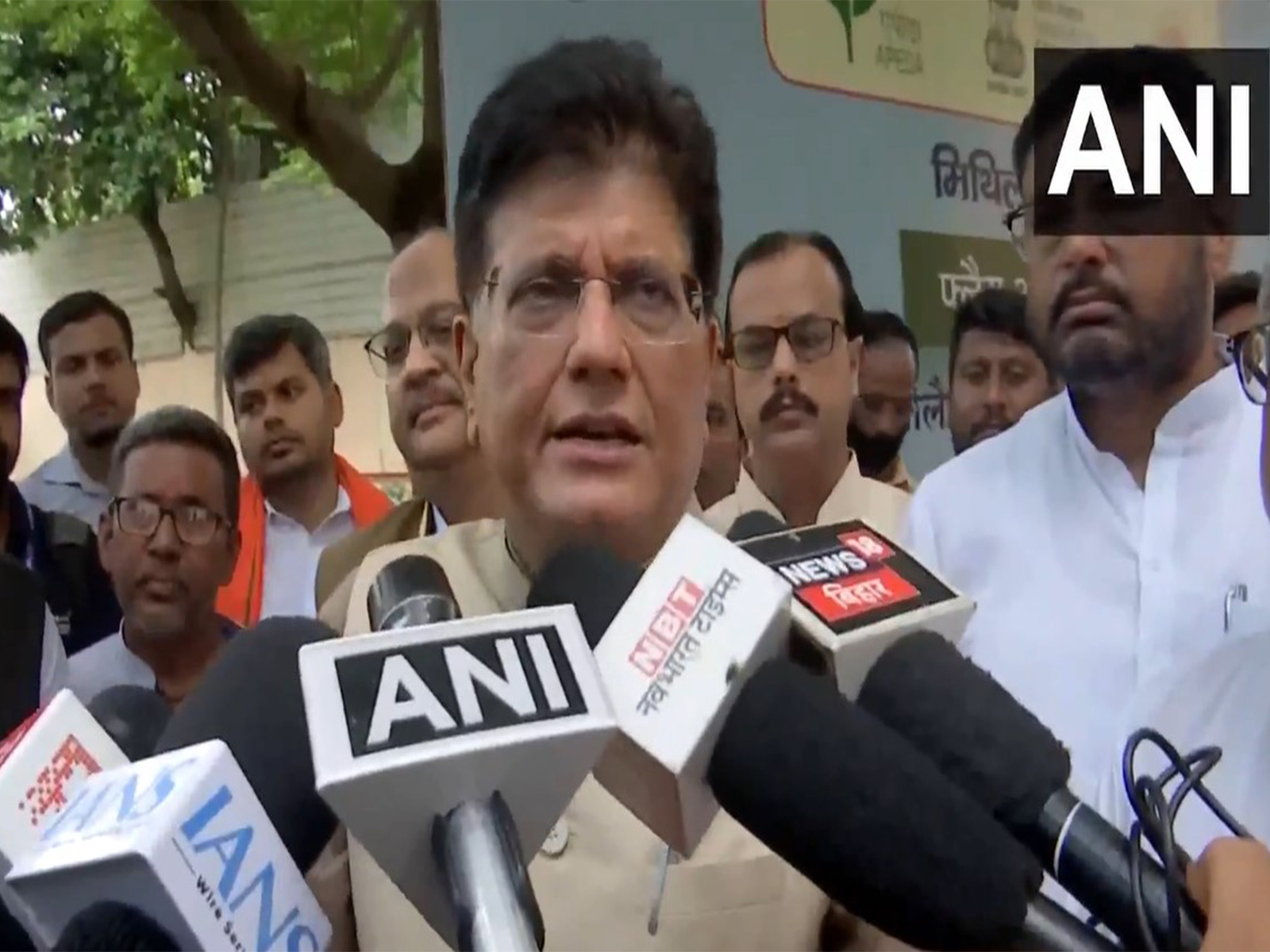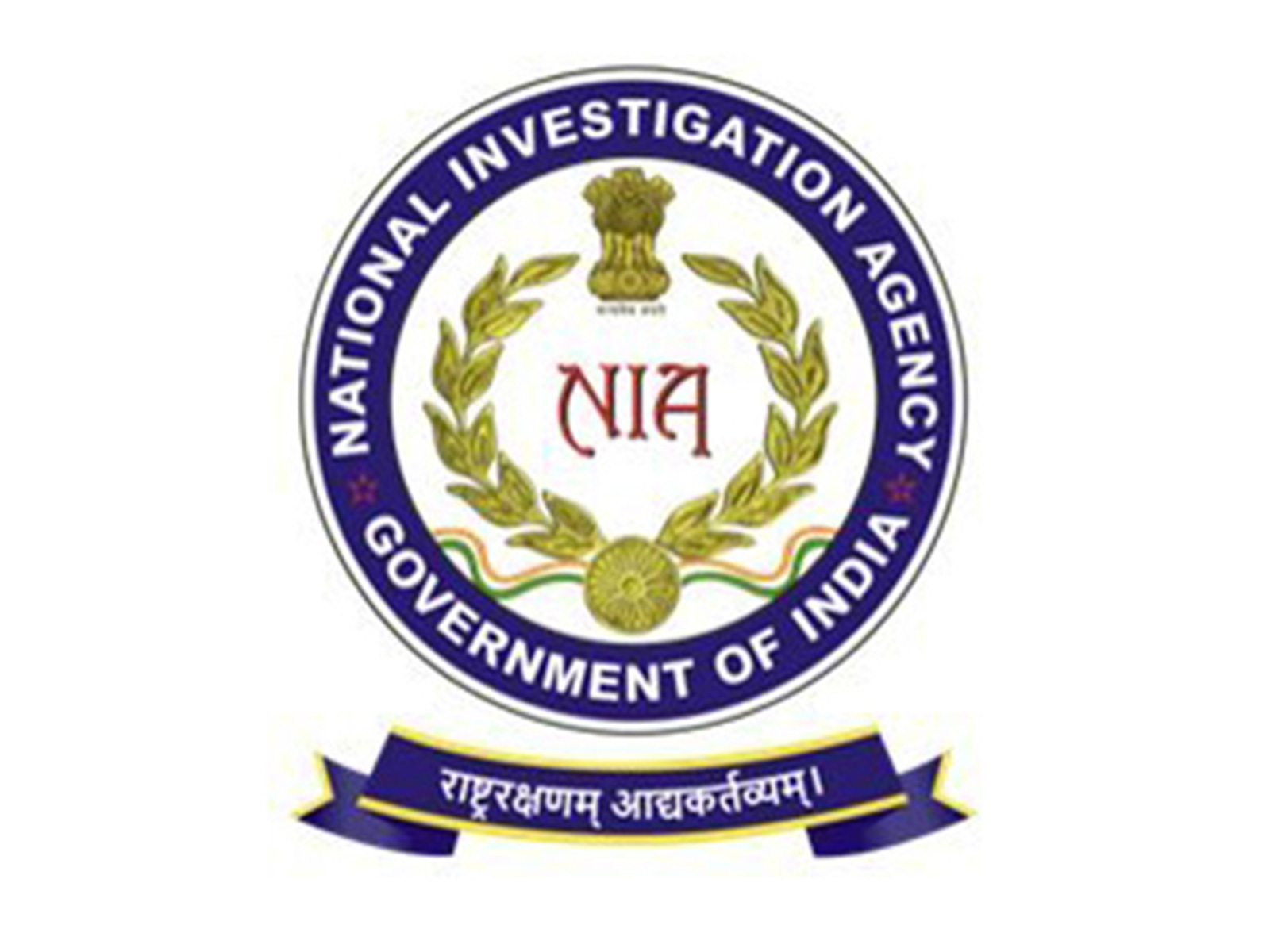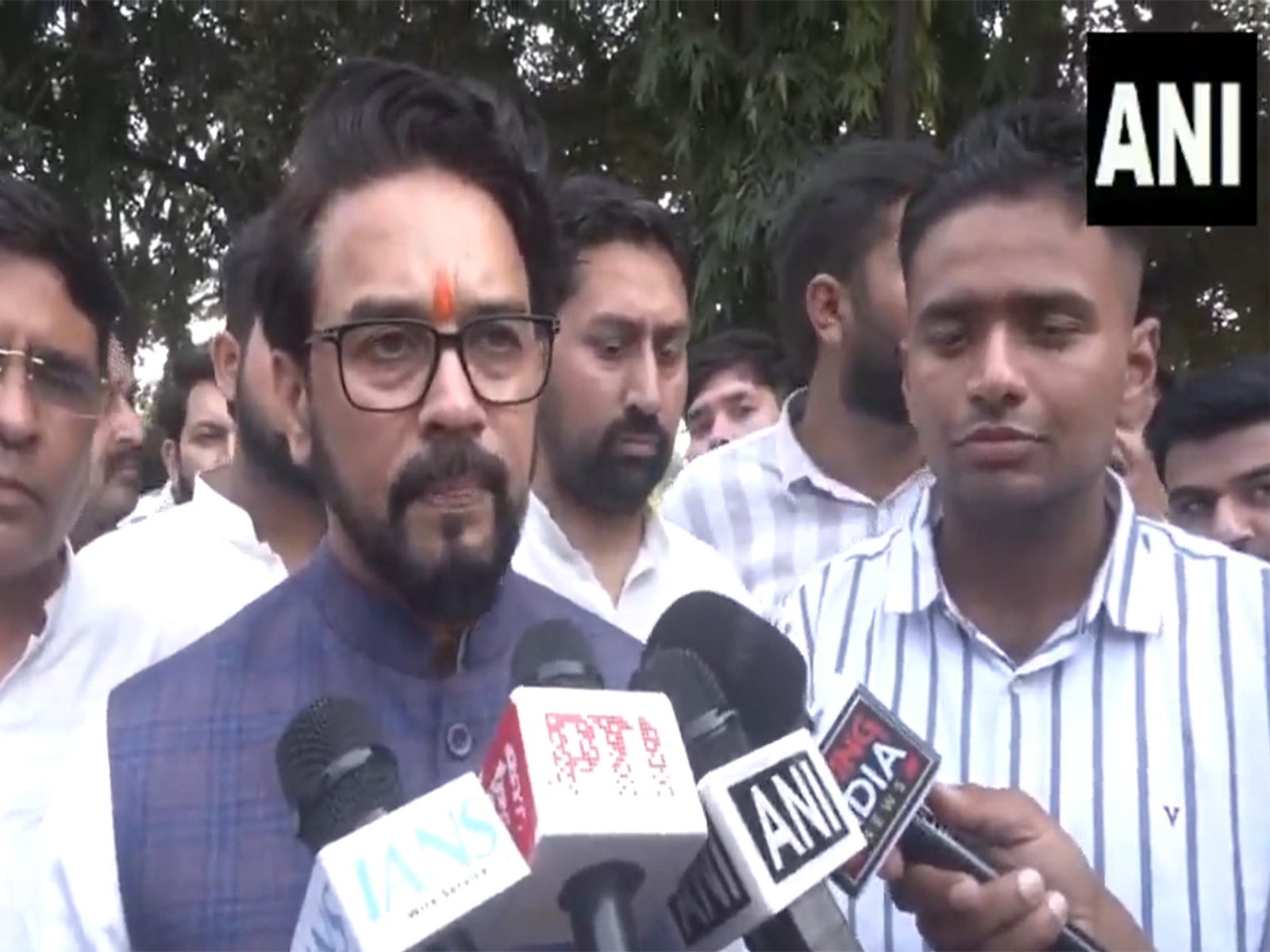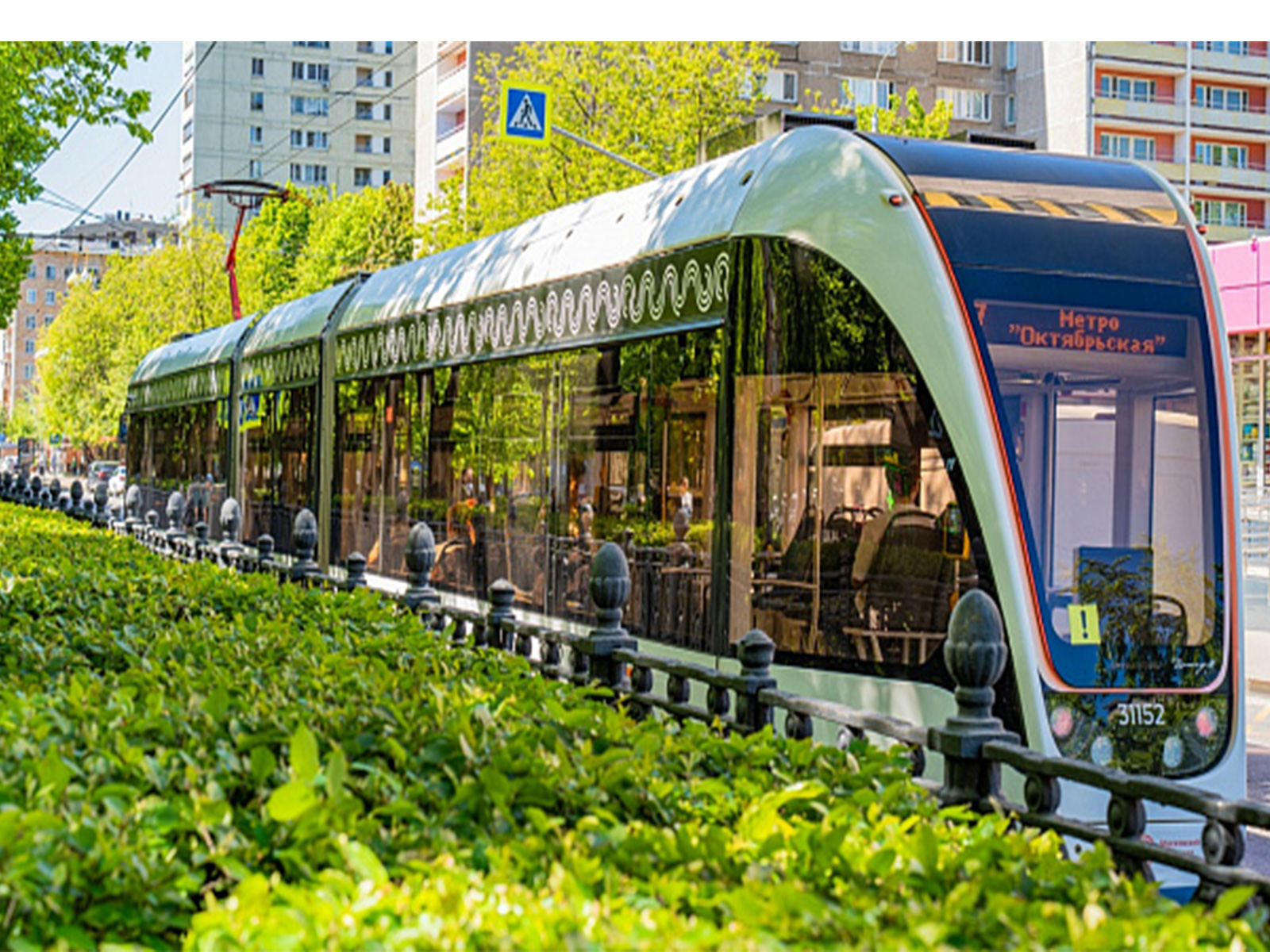
Moscow launches Russia's First AI-powered autonomous tram for passengers
Sep 11, 2025
Moscow [Russia], September 11 : Moscow has officially launched Russia's first autonomous tram carrying passengers, marking a significant milestone in the country's public transport innovation. The news was confirmed by the official website of the Moscow government.
This pioneering project forms a key part of Moscow's transport development strategy towards 2030. By that year, the city plans to equip over 300 trams with autonomous technology, aiming for these vehicles to account for 90 per cent of the tram fleet by 2035.
According to the TV BRICS, the newly introduced autonomous tram is capable of making stops independently, operating doors, obeying traffic signals, yielding to pedestrians, and automatically switching tracks, all while maintaining strict adherence to schedules. Since May 2024, the tram has completed over 8,000 kilometres of rigorous testing without a single traffic violation, demonstrating the system's reliability and safety.
Under current federal legislation, an operator remains in the tram cabin during operation to supervise the system and handle non-driving tasks such as fare control. However, the tram's driving functions are fully managed by artificial intelligence and advanced software developed in Moscow.
The launch followed three stages of trials. The first phase involved night runs without passengers, followed by supervised journeys with passengers, and ultimately led to full autonomous service.
By the end of 2025, Moscow plans to have three autonomous trams in regular operation, expanding the fleet to 15 by 2026. In addition to the tram project, the city is preparing to test its first autonomous metro train starting in December 2025. Full passenger service of the autonomous metro is anticipated by 2026, further reinforcing Moscow's position as a global leader in smart public transport solutions.
This initiative reflects Moscow's commitment to technological advancement and sustainable urban mobility, aiming to improve passenger experience, reduce emissions, and enhance traffic efficiency in the long term.




